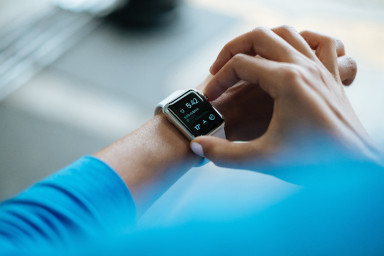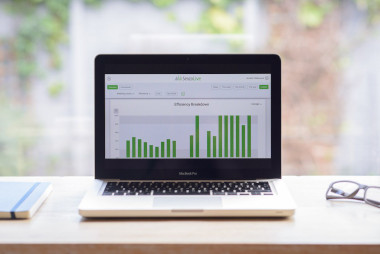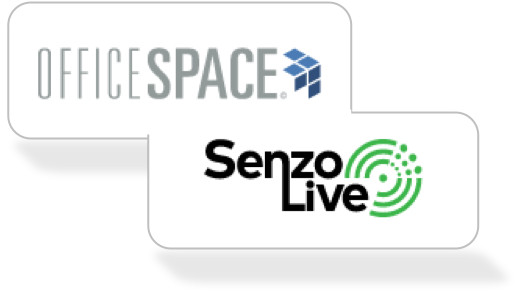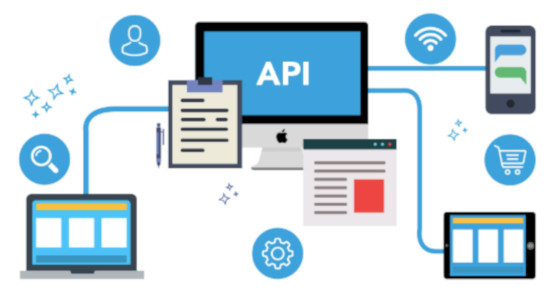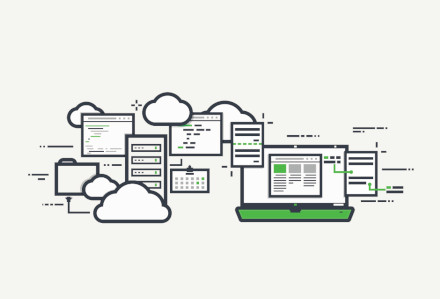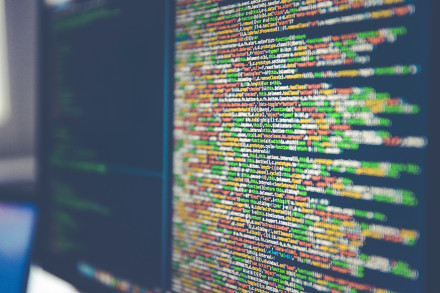The Internet of Things and the footprint it leaves
The use of the word ‘smart’ has skyrocketed over the last few years. It is not new to hear the terms ‘smart watch’, ‘smart building’ or even ‘smart fridge’. This is nothing more than an example of how devices have evolved to become part of an interconnected ecosystem. Smart devices have not reinvented the wheel as this concept was coined in the late 90s by the British technology pioneer Kevin Ashton. He termed it the “Internet of Things”.
If we look for a more academic definition, The Internet of Things Global Standards Initiative defines the “Internet of Things” as a network of physical objects or ‘things’ into which electronics, software, sensors, and network connectivity are embedded. These electronics and the like enable the physical objects to collect and exchange data.
IoT has been growing rapidly in the consumer market in the last years. According to Gartner, between 2015 and 2020, IoT endpoints - for example, a wearable fitness device - will grow at a 32.9% compound annual growth rate. The effect of digital transformation on businesses - which sees, for example, Finance shifting or transitioning to Fintech, Medical to Medtech or Real Estate to Proptech - as well as the introduction of Big Data have given the final push that IoT needed to become more established in the corporate arena. (We’ll be looking at big data and proptech in future articles.)
In a recent talk I attended by Charles Reed Anderson, an IoT industry thought leader, he mentioned how the market expectations, which were set for the IoT industry in previous years, were just too high. He exposed how most of the potential users were deceived by the poor evolution and performance of the category. A really valid and accurate description of what has happened in recent years.
Despite the market correction, current SAP estimates say that, by 2020, 20.4 billion smart devices will be connected to the IoT. The software leader also predicts that by 2025 the IoT will be generating US$11 trillion annually. This is comparable to industries such the automotive industry (with electric cars) and 3D printing. It seems that IoT is here to stay and is set to make an impact on our lives.
When it comes to the consumer market, wearable devices and home control devices have been extremely popular in the last years, with the likes of Alexa or Google Home being the most well-known products.
My home is far from ‘smart’. However, as a triathlon enthusiast I have good ecosystem of several devices which are all interconnected. All the gathered data goes to my Garmin Connect App that operates as a gateway. This distributes the inputs to a number of apps. From the most basic social networks- such as Facebook, Instagram or Strava - whose function is more of social sharing/bragging than anything else to more well-thought apps from where you can extract a lot of value. Here we can find coaching platforms (Training Peaks is probably the most popular) where your coach could track all your different indicators such as distances, speed, heart rate, bike cadence, power, bodyweight, hours of sleep, etc and tailor your training plans according to how your body is responding to the training. In South Africa, for example, you could connect with Discovery, a medical aid that would be tracking your health and proactively offer medical advice. In the US, you could share your health data with Health IQ and pay less for your insurance premium because of your healthy lifestyle. These are just a few examples. Businesses are evolving rapidly and more and more services are being offered across peripheral industries related to some of the data collected. Let’s say that this is just the tip of the iceberg!
Data for data is useless. You have to have a strategy in place in the first place.
However, gathering all this training and health data might be the most meaningless and expensive thing you could do if you don’t have a strategy in place or a central question you are trying to solve. With the fitness example above your goal could range from improving endurance, tracking weight lost or to have more data points in order to get a more holistic medical recommendation.
Unfortunately, what we see nowadays is data being collected just for the sake of it. This happens to individuals and to businesses as well (more than we would want to recognise). IoT is a great thing and it can have a positive ROI on many fronts. (I will be focusing on the ROI on RE). However, it needs to support a strategy. It needs to give you actionable intelligence. And, in many cases, you will also have to reach out to experts to help you to interpret some portions of that data.
If you or your organisation are planning to be more hands on with IoT, @Kevin Ashton mentions that, when he does consulting work, he is constantly being asked by CIOs or CEOs "What do we do about the Internet of Things?" His answer is always, "Start gradually."
How Can We Help?
Contact Sales
– like to schedule a 15 min online DEMO? Have questions about benefits of occupancy management and analytics? Need more information about different sensor types? Pricing? Our sales team is here to help.
Tech Support
– If you are an existing SenzoLive customer, our tech support team is here to answer your questions.
Technical, API Docs
– If you considering integrating Senzolive occupancy data to your own dashboards and analytics, our product team has prepared documentation to help you learn the details.
Careers
– we need new brilliant minds to join our team ASAP. Together, let’s propel the smart-device revolution in real estate markets. Give us a call – WE ARE HIRING.
